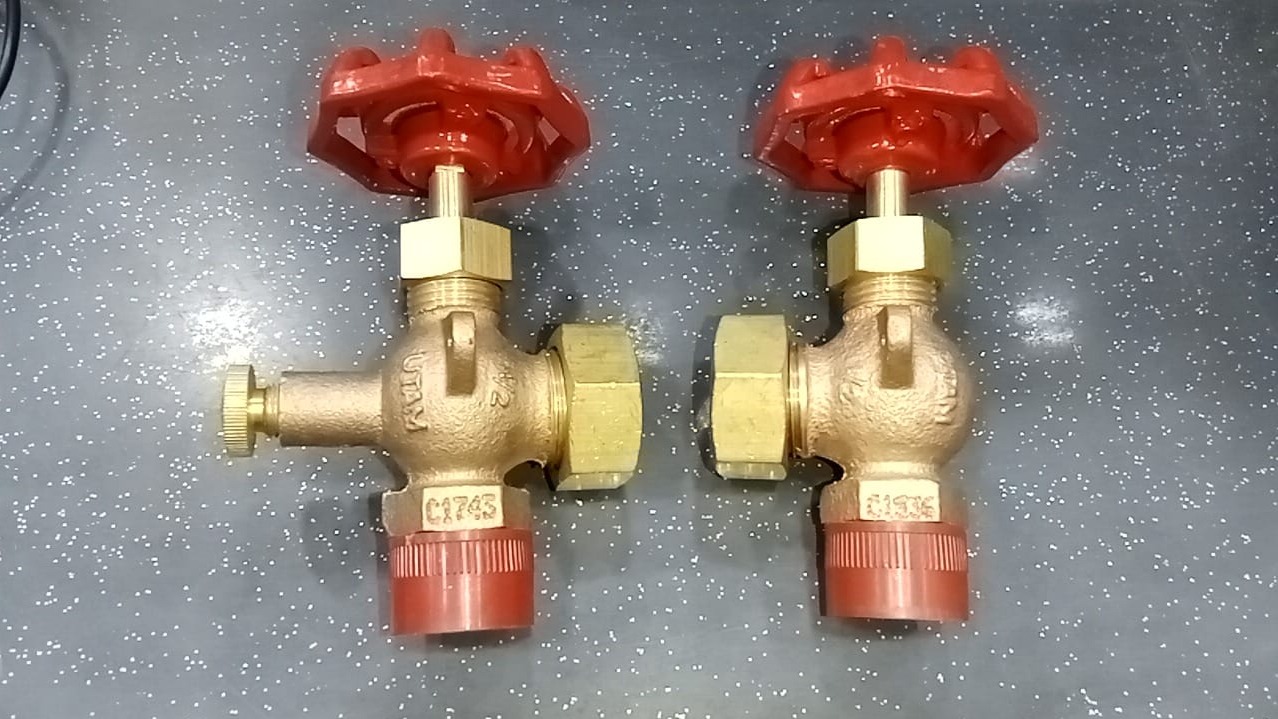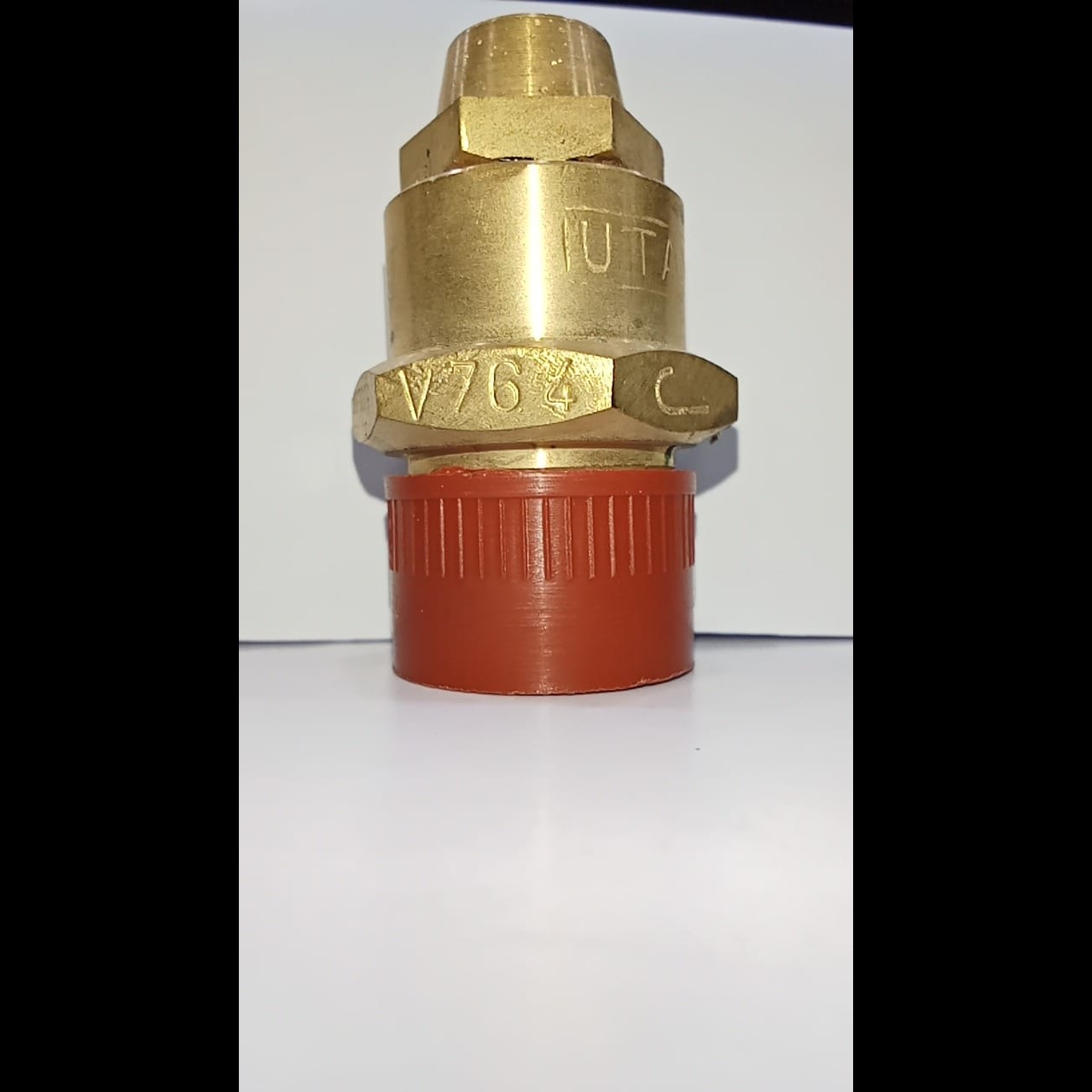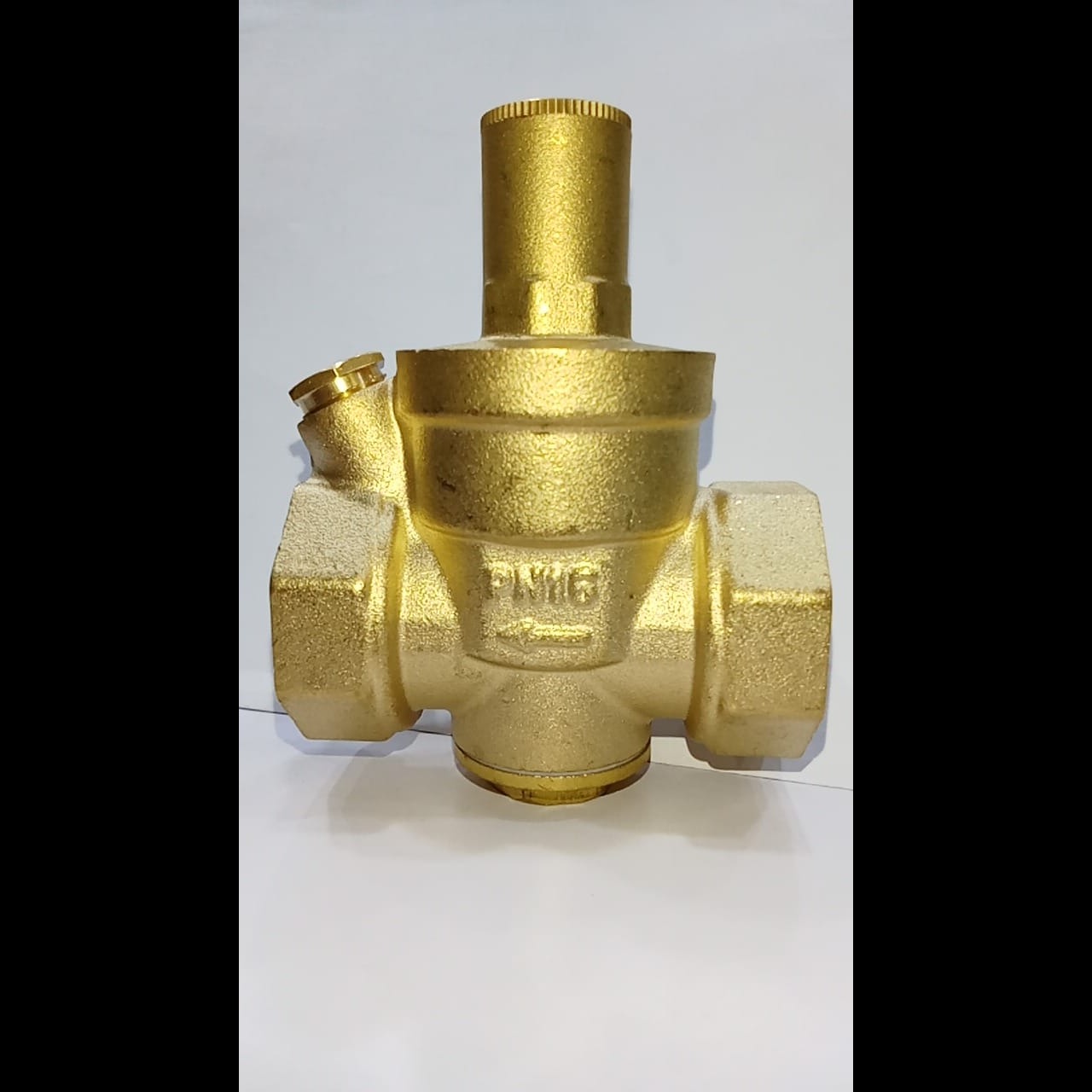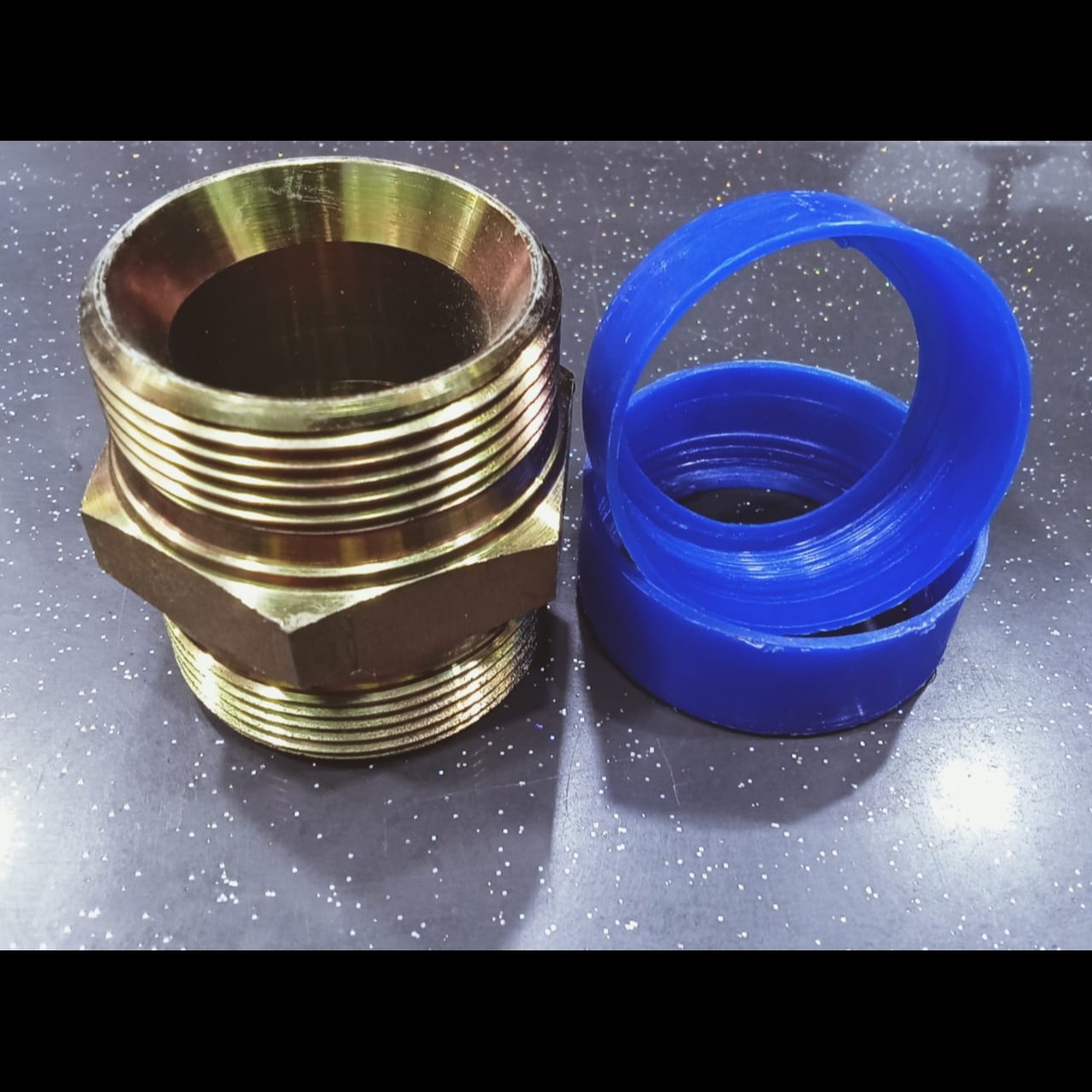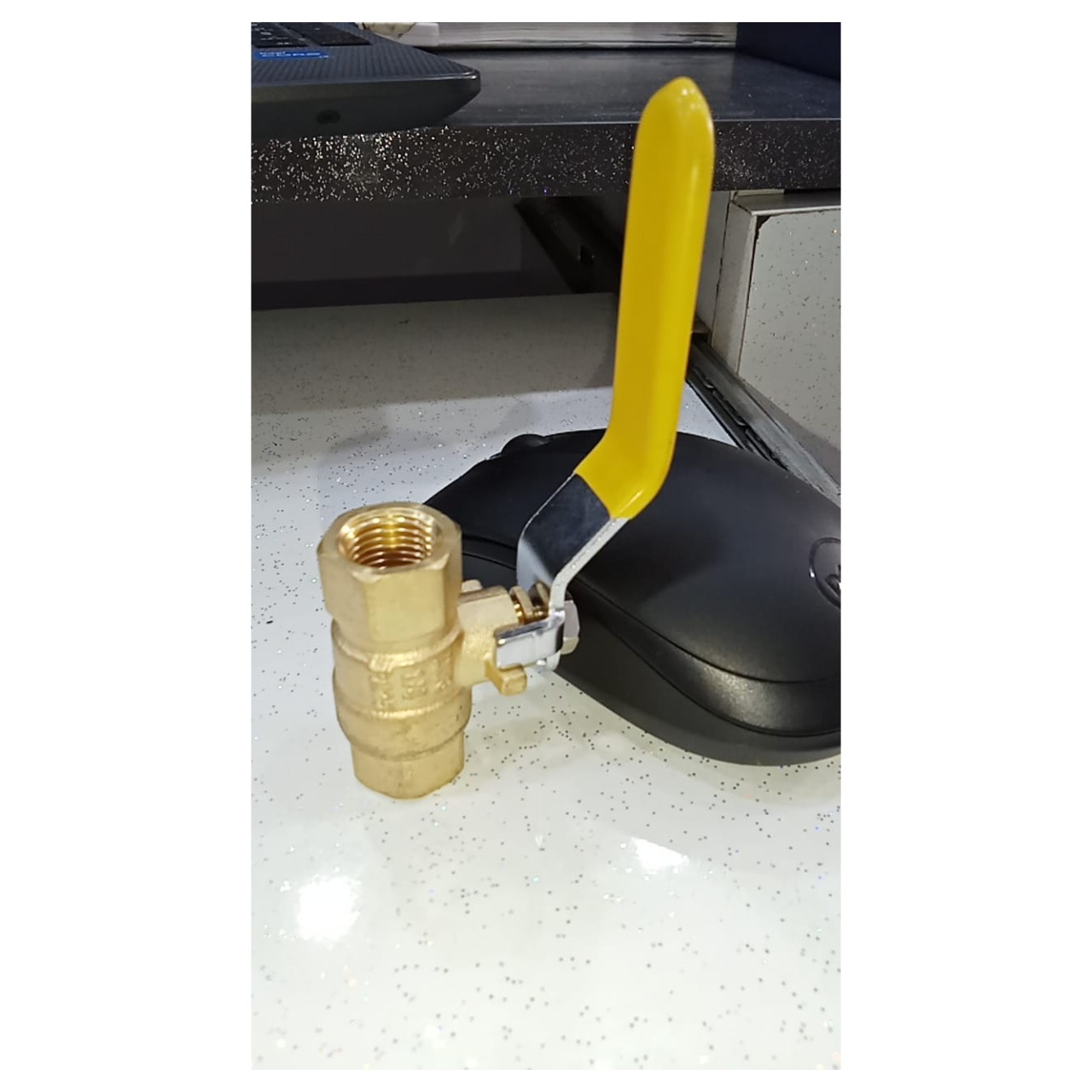
A foam flow ball valve refers to a type of ball valve that is designed to control the flow of foam or other foam-based liquids in a variety of industrial applications. Foam is often used in fire suppression systems, and controlling its flow can be crucial in maintaining pressure, ensuring proper distribution, and ensuring safety during emergencies.
Key Features of Foam Flow Ball Valves:
Ball Valve Mechanism:
A ball valve uses a spherical ball with a hole in the center. The valve is rotated to control the flow of liquids. In foam applications, the ball valve\'s role is to either allow or restrict the flow of foam or foam-based chemicals (such as in fire suppression systems).
When the valve is fully open, foam flows freely. When closed, it stops the flow of foam.
Sealing and Material Considerations:
Since foam may be corrosive or reactive depending on the application (such as in firefighting systems where foam concentrates are used), the materials used in the valve must be resistant to corrosion and wear.
Common materials include stainless steel or brass for the valve body and specialized seals made of elastomers or PTFE (Teflon) to ensure proper sealing and durability.
Pressure and Flow Control:
In foam fire suppression systems, controlling the foam flow at a specific pressure and rate is essential for proper coverage. A foam flow ball valve can be used in combination with other components like regulators, nozzles, and pumps to maintain consistent foam output.
The valve may have pressure regulators built-in or be used as part of a larger system for regulating flow pressure.
Sizes and Configurations:
Foam flow ball valves come in various sizes (from small industrial models to large valves for fire suppression systems) to accommodate different flow rates and pressures.
They may also come in a range of configurations, including manual and automated options. Automated versions may be controlled remotely in larger systems.
Applications:
Fire Suppression Systems: Foam ball valves are commonly used in fire suppression systems where foam is deployed to extinguish fires, especially in areas like airports, chemical plants, and refineries.
Industrial Fluid Handling: Foam flow ball valves are also used in industries like the food and beverage industry, where foam control in manufacturing processes is required (for example, in breweries or dairy plants).
Oil and Gas: In some operations, foam is used for cleaning or as a stabilizing agent in drilling operations, requiring precise control over its flow.
Design Considerations:
Ease of Operation: Ball valves typically have a 90-degree rotation to open and close, making them easy to operate manually or with an actuator.
Maintenance: Like any valve, foam flow ball valves should be inspected regularly for wear and tear, especially the seals and ball mechanism.
Leak Prevention: Given the potential hazards of foam, especially in fire suppression scenarios, ensuring that the valve is leak-proof is a critical design requirement.
Advantages of Foam Flow Ball Valves:
Quick and Reliable: Ball valves are known for their reliability and quick action. They open and close faster than many other types of valves, which is crucial in applications requiring fast response times, such as in firefighting systems.
Minimal Resistance: When fully open, a ball valve offers minimal flow resistance, which can help in maintaining high flow rates of foam.
Durability: Due to the simple design and robust construction, foam flow ball valves tend to have a long operational life with minimal maintenance.
Precision Control: Ball valves can provide precise control over foam flow, especially when combined with appropriate actuators and control systems.
Maintenance and Inspection:
Inspection of Seals: Since foam can be corrosive, especially in high-concentration firefighting agents, it\'s essential to inspect seals regularly for wear and leakage.
Ball Movement: The ball inside the valve should move freely without excessive friction. Any obstructions or build-up of foam can hinder the valve’s operation.
Cleaning: Foam residue can build up inside the valve, affecting its function. Regular cleaning, especially in systems that handle large volumes of foam, is necessary to ensure consistent performance.
Keywords
foam flow
fully open
valve affecting
valve body
flow rates
flow control
foambased liquids
operations foam
foam control
foam concentrates
ball valve
ball inside
excessive friction
move freely
inspection inspection
simple design
close faster
quick action
potential hazards
operate manually
close making
90degree rotation
stabilizing agent
manufacturing processes
beverage industry
extinguish fires
controlled remotely
larger system
ptfe teflon
stainless steel
reactive depending
material considerations
foambased chemicals
ensuring safety
foam sealing
foam applications
specific pressure
spherical ball
inspected regularly
actuator maintenance
regulators nozzles
proper coverage
large valves
durability pressure
firefighting systems
wear common materials
control systems maintenance
foam durability due
industrial applications foam
inspect seals regularly
reliable ball valves
ball valves role
pressure regulators builtin
function regular cleaning
provide precise control
ensure proper sealing
specialized seals made
leakage ball movement
handle large volumes
highconcentration firefighting agents
fire suppression systems
ensure consistent performance
long operational life
dairy plants oil
airports chemical plants
small industrial models
emergencies key features

